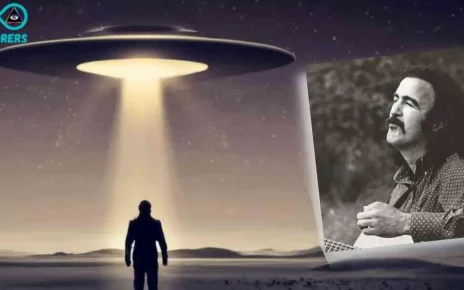
Penn State University astronomer Jason Wright has evidence to publish a major discovery of a cluster of megastructures found on a star very close to the Milky Way called KIC 8462852.
In an interview with renowned British newspaper The Independent, Jason Wright said: “I can’t understand it and that’s what makes it interesting, really cool. It’s like it doesn’t make sense.”
In a report for The Atlantic, Dr. Wright added that extraterrestrials should be the last hypothesis considered, but the constructions appear to be something built by beings from other planets. “I was fascinated by how crazy it seems,” said the astronomer.
Other astronomers involved in the research said the clusters of objects in space look like something you would expect an extraterrestrial civilization to build.
“We’ve never seen anything like this star before,” said Tabetha Boyajian of Yale University. “It’s very strange. We thought it might be a computer error or some movement in the spacecraft, but everything checked out.”
KIC 8462852 is located between the constellations Cygnus and Lyra, just above the Milky Way. It was first noticed in 2009, when the Kepler telescope identified it as similar to Earth, as it has planets orbiting it like those close to Planet Earth.
The Kepler telescope works by analyzing light from distant places in the universe, looking for changes that occur when planets move in front of their stars, which has been seen in more than 150,000 stars simultaneously. But the parameters of KIC 8462852 don’t seem normal for a planet.

KIC 8462852 is located between the constellations Cygnus and Lyra.
After the Kepler telescope had collected enough information, they needed human eyes, and human work that could not be done by current computer programs, so the astronomers on the project decided to create Planet Hunters, a program that allows amateur scientists to examine the patterns emitted by stars from the comfort of their own home. Since then, many stars classified as ‘interesting’ and ‘bizarre’ have been found.
Anyone interested can also join Planet Hunters, and who knows, revolutionize astronomy.



